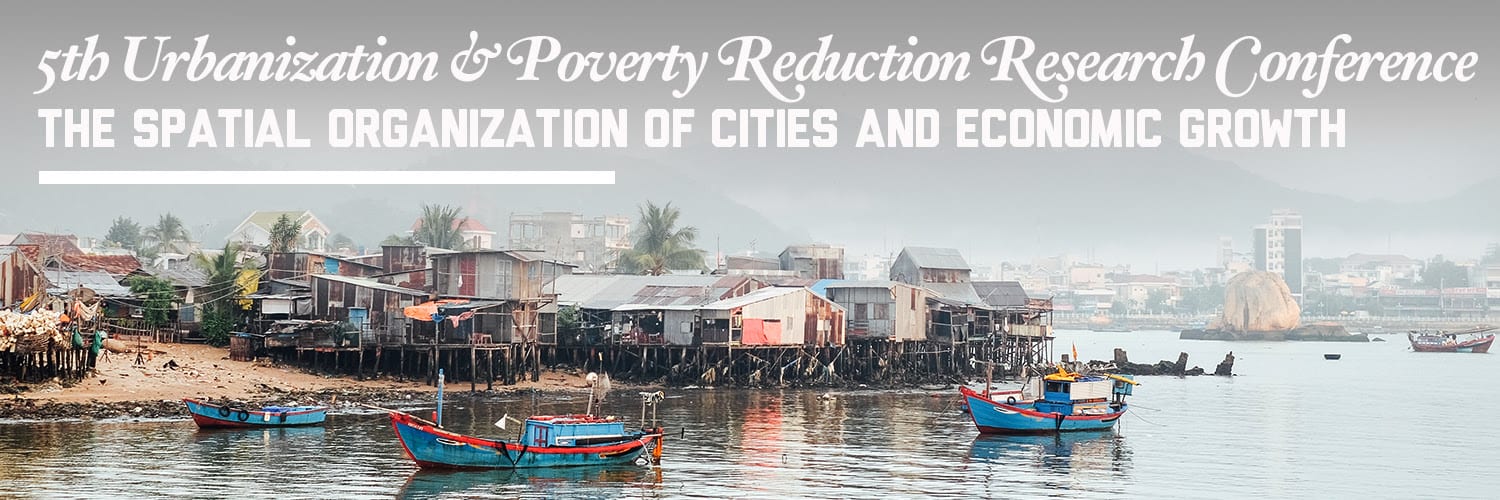September 2018
Stephen C. Smith
Abstract: This chapter examines the development economics evidence base for insights into policy reforms that would benefit struggling areas in the United States. My focus is on improving education, physical and mental health, infrastructure, and institutions. First, consistent with findings on education policy effectiveness, I propose raising the legal minimum dropout age (prospectively to 19), providing better information about the benefits of completing high school, supporting targeted paraprofessional tutoring, and providing family financial incentives for attending school and graduating from high school. Second, to improve health outcomes in struggling areas, the focus is using and building on existing effective health and nutrition programs and services, identifying ways to include more families who are eligible for but not participating in these programs. Moreover, the recent development and behavioral economics evidence base has extended our understanding of the psychological, cognitive, and economic behavioral lives of the poor; the literature highlights the ways that poverty can impede cognitive functioning, with implications for policies to uplift lagging U.S. areas. Third, a review of evidence on the benefits of improving lagging rural and urban area transportation infrastructure points to the likely benefits of improved connectivity for lagging U.S. areas: reversing the legacy of past discriminatory policies, encouraging sector-based clusters, and extending access to high-speed internet. Finally, the chapter highlights the relevance of some cross-cutting themes in development economics, including the high returns to reliable household microdata and the importance of improving institutions to enable more inclusive, substantial, and lasting progress.

 Faruque Ahmed is the executive director of BRAC International. He previously held the position of senior director at BRAC International. He is also a member of the executive management committee.
Faruque Ahmed is the executive director of BRAC International. He previously held the position of senior director at BRAC International. He is also a member of the executive management committee.
